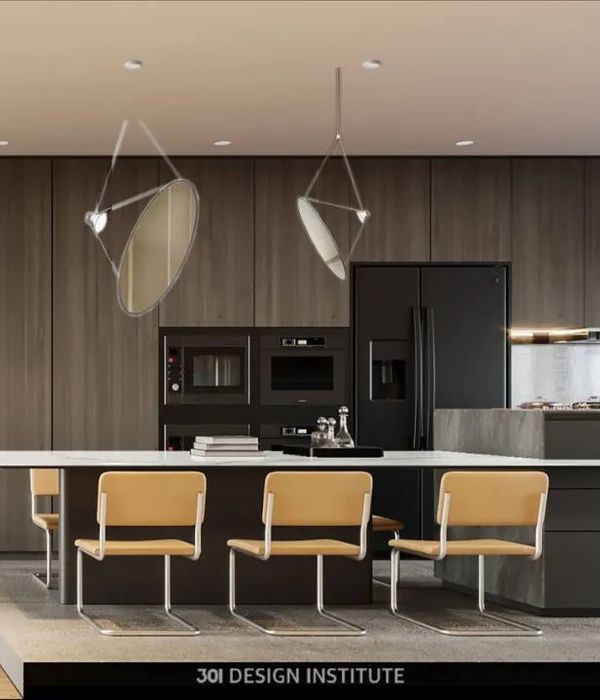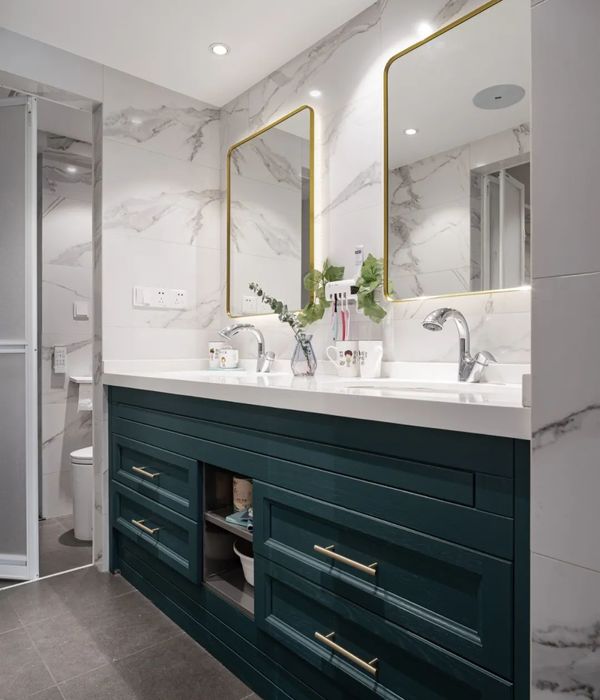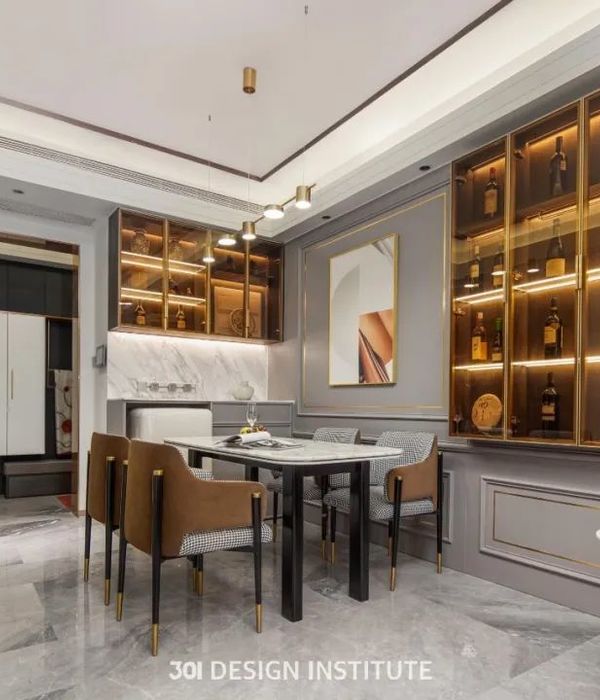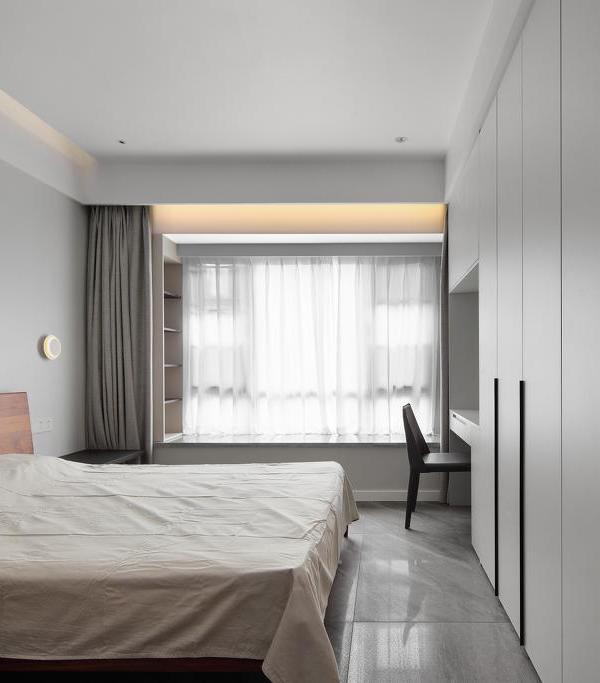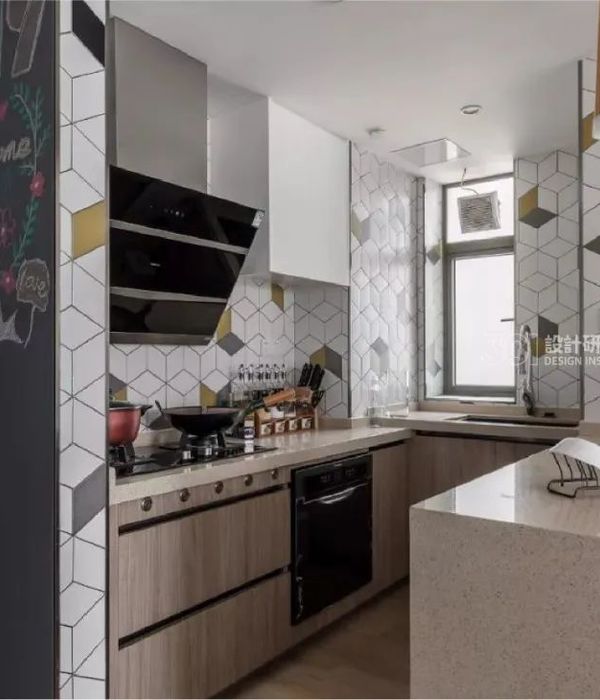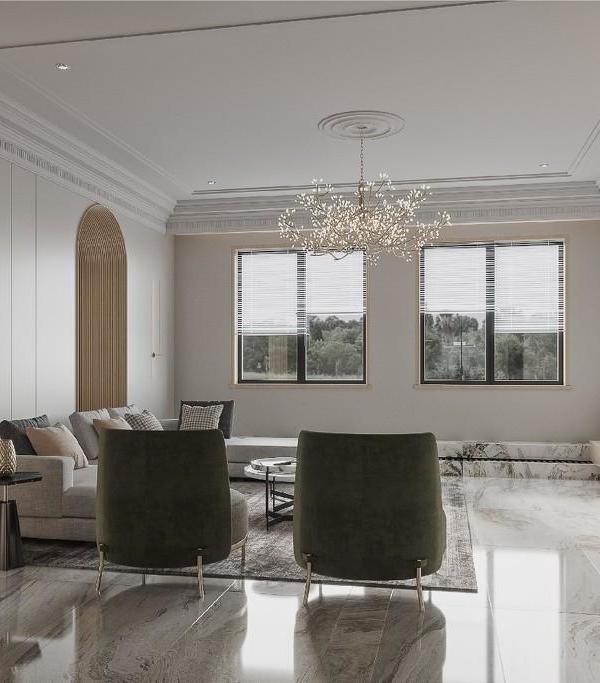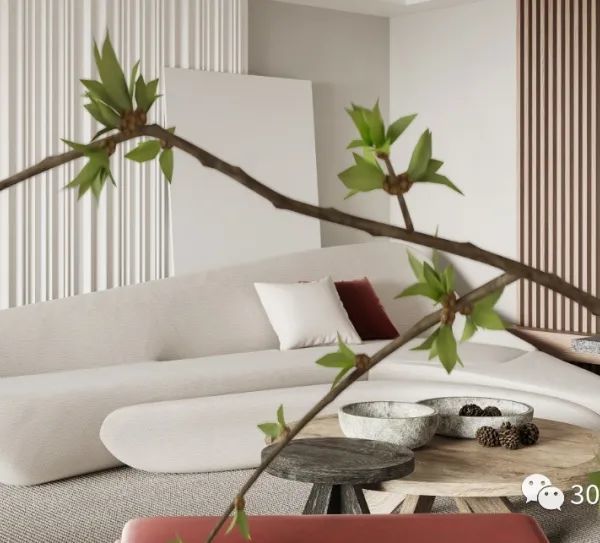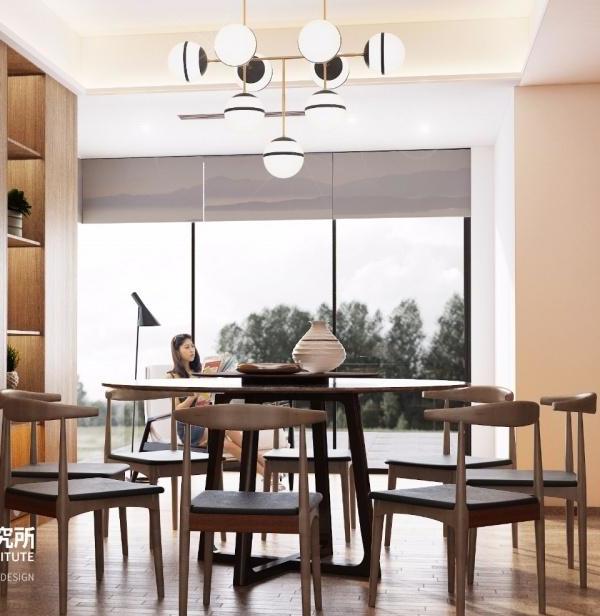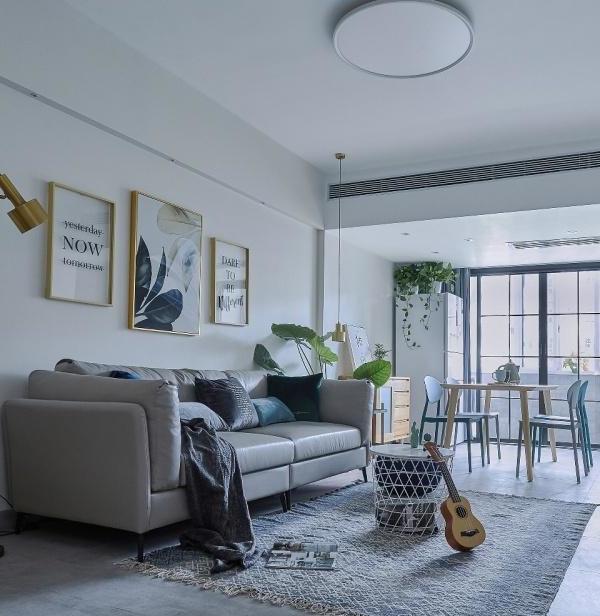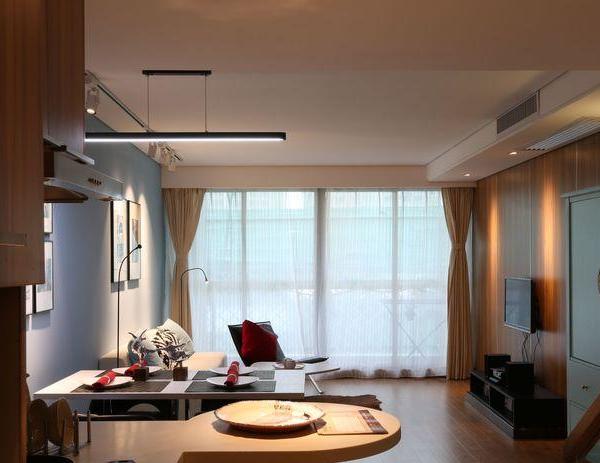该项目位于布宜诺斯艾利斯巴勒莫·维乔附近。在过去的几十年里,这部分城市面临着士绅化和其用途的强烈转变,将一个纯粹的住宅区变成一个文化和商业社区,同时保持其低密度。这一变化过程与设计、艺术和烹饪领域紧密相连,改变了占据公共空间成为城市旅游和国际大都市的方式。
Context The project is located in the neighborhood of Palermo Viejo, Buenos Aires. In the last decades, this part of the city has faced a process of gentrification and intense transformation of its uses, turning a purely residential neighborhood into a cultural and commercial one, while maintaining its low density. This changing process, strongly linked to the field of design, art and gastronomy, has modified the ways of occupying public space becoming a tourist and cosmopolitan area of the city.
商业服务面向街道,占据街区的周边,使住宅的用途向内或地下以上移动。在此背景下,修复泰晤士河的委员会被介绍为一次探索生活方式的机会,该街区因天空的不断出现而变得焦头烂额。
The commercial services face the street and occupy the block’s perimeter displacing the residential uses towards the inside or above the ground floors. In this context, the commission to rehabilitate Ph Thames is presented as an opportunity to explore the way of living the center of the block caractherized by the constant presence of the sky.
© Javier Agustín Rojas
c.哈维尔·奥古斯丁·罗哈斯
Axonometric
© Javier Agustín Rojas
c.哈维尔·奥古斯丁·罗哈斯
十扇窗户/一栋房子-随着时间的推移,房产经历了多次改造,留下的原始建筑痕迹寥寥无几。我们的工作不是扩大现有的区域,而是通过新的楼梯来确定和重新定义现有空间之间的联系,以便捕捉光线和规划景观。
Ten windows / a house The property had undergone multiple transformations over time, leaving few traces of the original construction. Our work was not based on extending the existing area but rather on identifying and redefining connections between existing spaces through the incorporation of a new staircase in order to capture light and to frame the landscape.
© Javier Agustín Rojas
c.哈维尔·奥古斯丁·罗哈斯
这座房子分为3层,有不同规模的室外空间:一楼作为客厅扩展的通道庭院,一层与卧室相连的亲密露台,第二层最大的露台作为室外客厅。
The house is organized in 3 levels, with outdoor spaces of different scales: the access courtyard as an expansion of the living room in the ground floor, an intimate terrace linked to the bedroom in the first floor and the largest terrace as an outdoor living room in the second one.
新的一卷楼梯位于相邻的高楼中间,减少了它对露台的影响,并定义了房子的新的围护结构。
The new volume of the staircase rests on a neighboring high-rise median, reducing its impact towards the patio and defining the new envelope of the house.
© Javier Agustín Rojas
c.哈维尔·奥古斯丁·罗哈斯
信封上的项目让我们重新思考视图和外观之间的辩证关系,通过组织一系列不同但比例大小的跨度,在每种情况下解决照明、通风和内外之间的物理或视觉连接问题。尽管表面很小,但开口的排列使人们能够从其内部深入透视,并对外界形成一种框架式的感觉。
The project on the envelope allowed us to re-think the dialectic between view and facade, by organizing a series of spans of different but proportional sizes which solve in each case the problems of lighting, ventilation and physical or visual connection between inside and outside. Despite the small surface, the arrangement of the openings allows deep perspectives and a framed perception of the outside from all its insides.
© Javier Agustín Rojas
c.哈维尔·奥古斯丁·罗哈斯
我们工作的材料范围非常有限,强调白色墙壁的连续性,以增加自然光的反射效果。原木地板(松茶)被回收,并部分再用于建造滑动露台门。
We worked with a very limited range of materials, emphasizing the continuity of the white walls in order to increase the reflection effect of natural light. The original wood floors (pinotea) were recovered and partially reused for the construction of sliding patio doors.
© Javier Agustín Rojas
c.哈维尔·奥古斯丁·罗哈斯
Architects Alonso&Crippa
Location Palermo, Argentina
Author architects Mariano Alonso, Ludmila Crippa
Design Team Pablo Galicer, Agustín Azar, Joaquín Berdes, Naomi Garay, Génesis Pestana, Alice Volpi, Giulia Brena
Area 110.0 m2
Project Year 2017
Photographs Javier Agustín Rojas
Category Houses
Manufacturers Loading...
{{item.text_origin}}

